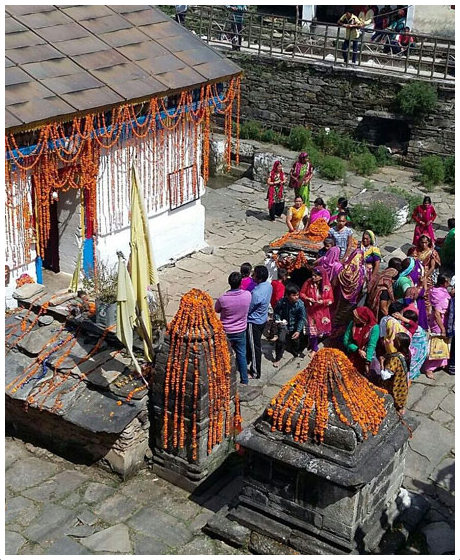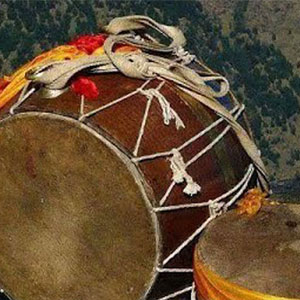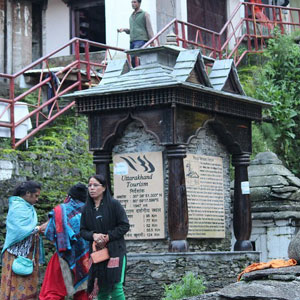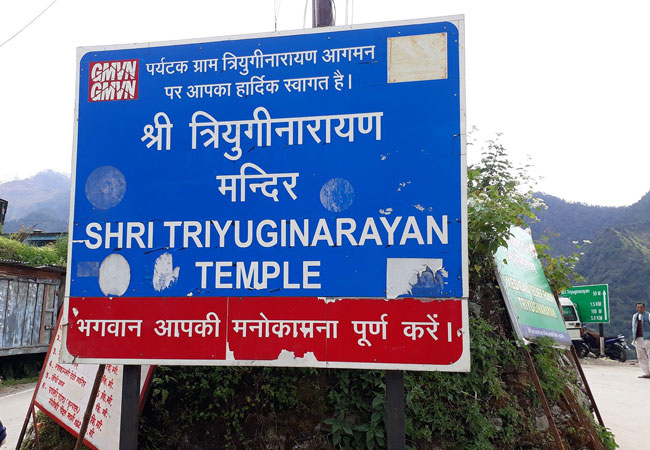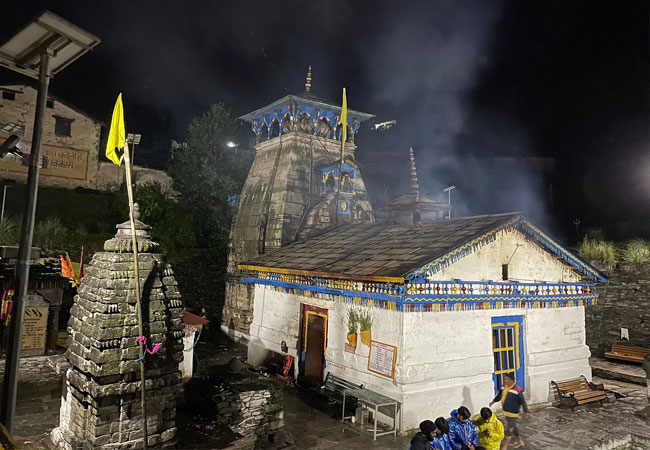Triyuginarayan Temple is a divine destination for the wedding.
Hotel Maya Residency at Trijuginarayan are promoting Trijuginarayan as a wedding destination in Uttarakhand. We offers 'Vedic wedding' (traditional Hindu wedding) planning, styling and catering services. Akhand Dhuni is the perpetual flame thought to burn from the time of Lord Shiv and Goddess Parvati's divine marriage. The Vedic wedding includes Vedic yajna- rituals around Akhand Dhuni.With music (Maangal Geet), traditional food, and local religious traditions, we add a local touch to the weddings. The wedding follows the local rituals if the couple wishes to conduct the ceremony in their own tradition.
We are aware of that wedding ceremonies are a lot of work, but we prepare pretty sure that this instead stressful time is decreased to a time for comfort and ease, having to spend a great time with loved ones on the Triyuginarayan Wedding Event. What’s greater than choosing married on the Triyuginarayan Temple in the presence of the lord, at the Triyuginarayan where exactly the sacred and ever-present gods and goddesses got married in the company of people you love
The temple is believed to be the site of the divine marriage of Lord Shiva and Goddess Parvati, which is a key event in Hindu mythology. It is said that Lord Shiva and Goddess Parvati were married here in the presence of Gods and Goddesses. The Triyuginarayan Temple is named after the three eternal flames (or trio of fire), believed to symbolize the three primary deities of Hinduism—Brahma, Vishnu, and Shiva—who are responsible for creation, preservation, and destruction, respectively. The temple’s eternal flame, which has never extinguished, is said to have been lit by the Gods to bless the divine marriage of Lord Shiva and Parvati, and this flame still burns today, symbolizing the eternal nature of their union.
Triyuginarayan Temple is a Hindu temple located in the Triyuginarayan village in Rudraprayag district, Uttarakhand. The ancient temple is dedicated to Lord Vishnu. Its fame is credited to the legend of god Shiva’s marriage to goddess Parvati witnessed by Vishnu at this venue and is thus a popular pilgrimage centre. A special feature of this temple is a perpetual fire that burns in front of the temple. The flame is believed to burn from the times of the divine marriage. Thus, the temple is also known as Akhand Dhuni temple. The temple courtyard is also the source of a water stream, which fills four sacred bathing ponds (kunds) nearby. The word “Triyugi Narayan” is formed of three words “tri” means three, “yugi” denotes the period of time – Yuga and “Narayan” is another name of Vishnu. Pilgrims have been offering wood to the fire in the Havana-kund (fireplace) since the three Yugas – hence, the place is given the name “Triyugi Narayan”. Yuga in Hindu philosophy is the name of an epoch or era within a cycle of four ages. The four Yugas are Satya Yuga (1,728,000 human years), Treta Yuga (1,296,000 years), the Dvapara Yuga (864,000 years) and finally Kali Yuga (432,000 years), which is the present Yuga. The name “Akhand Dhuni temple” also originates from the eternal flame legend, “Akhand” means perpetual and “Dhuni” means flame. The Triyuginarayan temple resembles the temple of Kedarnath in architectural style and hence attracts a lot of devotees. Adi Shankaracharya is credited with building many temples in the Uttarakhand region. The shrine houses a silver, 2 foot image of god Vishnu (Narayana), accompanied with consort – goddess of wealth Lakshmi and the goddess of music and learning – Saraswati. In front of the temple, the havana-kund with the eternal flame – the witness of the wedding of Shiva and Parvati – is situated. Devotees add samidha (sacrificial offerings of wood) to the flame and collect the ashes as blessings. A stone called the Brahma Shila – in front of the temple – is regarded as the exact spot of the divine marriage. The ponds of Rudra Kund, Vishnu Kund, Brahma Kund and Saraswati Kund are other holy spots situated near the temple. A water stream called Saraswati Ganga originates in the courtyard of the temple. It fills all the holy ponds in the vicinity. According to Hindu mythology, goddess Parvati was daughter of Himavat or Himavan – the personification of the Himalayas. She was the rebirth of Sati, the first wife of Shiva – who sacrificed her life when her father insulted Shiva. Parvati initially tried to allure Shiva by her beauty, but fails. Finally, she won Shiva by practising rigorous penance at Gauri Kund, which is 5 kilometres away from Triyuginarayan. Pilgrims visiting Triyuginaryan temple also visit the Gauri Kund temple, dedicated to Parvati. Mythology states that Shiva proposed to Parvati at Guptakashi (on the road to Kedarnath) before they got married in the small Triyuginarayan village at the confluence of Mandakini and Sone-Ganga rivers. Triyuginarayan is believed to be the capital of Himavat. It was the venue of the celestial marriage of Shiva and Parvati, during the Satya Yuga, witnessed in the presence of the holy fire that still burns eternally in front of the temple in a Havana-kund or Agni-kund, a four-cornered fireplace on the ground. Vishnu formalised the wedding and acted as Parvati’s brother in the ceremonies while the creator-god Brahma acted as the priest of the wedding that was witnessed by all the sages of the times. The exact location of the wedding is marked by a stone called Brahma Shila, in front of the temple. The greatness of this place is also recorded in a sthala-Purana (a scripture specific to a pilgrimage centre). According to the scripture, pilgrims who visit this temple consider the ashes from the burning fire as holy and carry it with them. It is also believed that ashes from this fire are supposed to promote conjugal bliss. Before the marriage ceremony, the gods are believed to have taken the bath in three kunds or small ponds namely, Rudra-kund, Vishnu-kund and Brahma-kund. The inflow into the three kunds is from the Saraswati-kund, which – according to legend – originated from Vishnu’s navel. Hence, the water of these kunds is considered to cure infertility. The ashes from Havana-kund are supposed to promote conjugal bliss.
